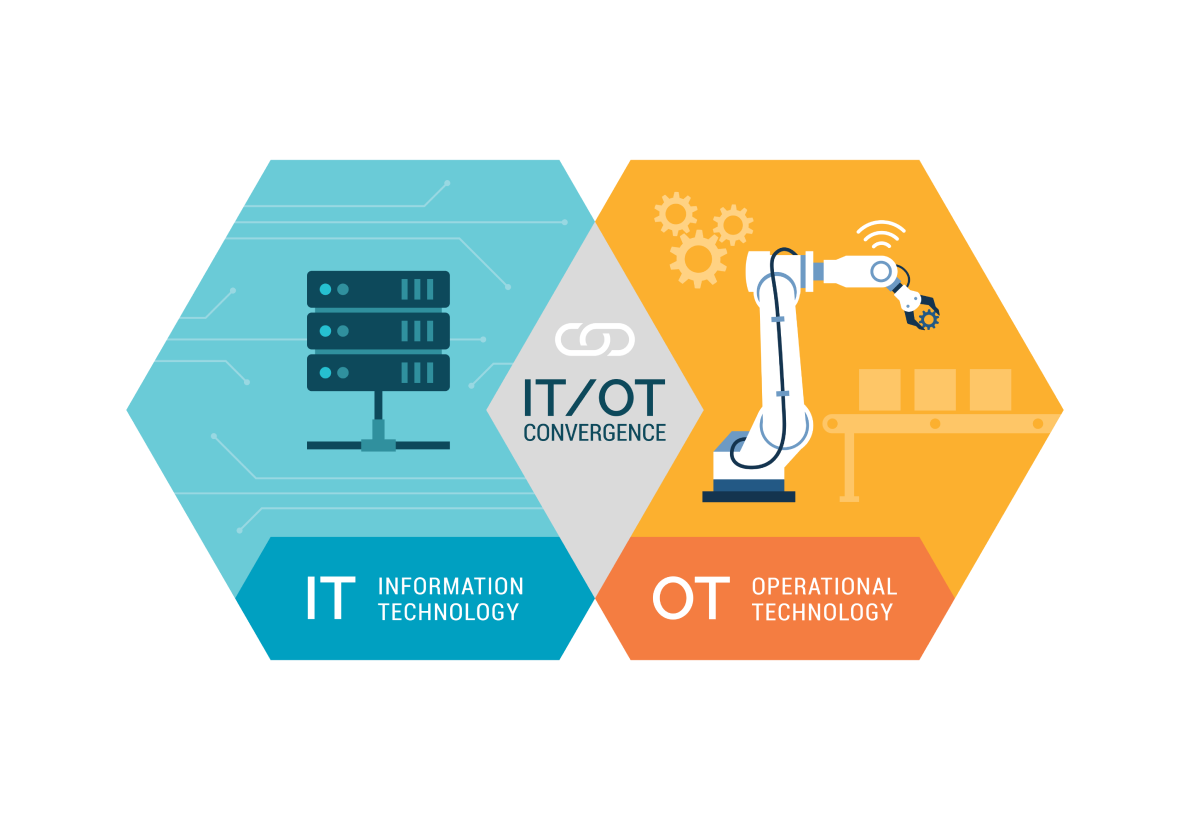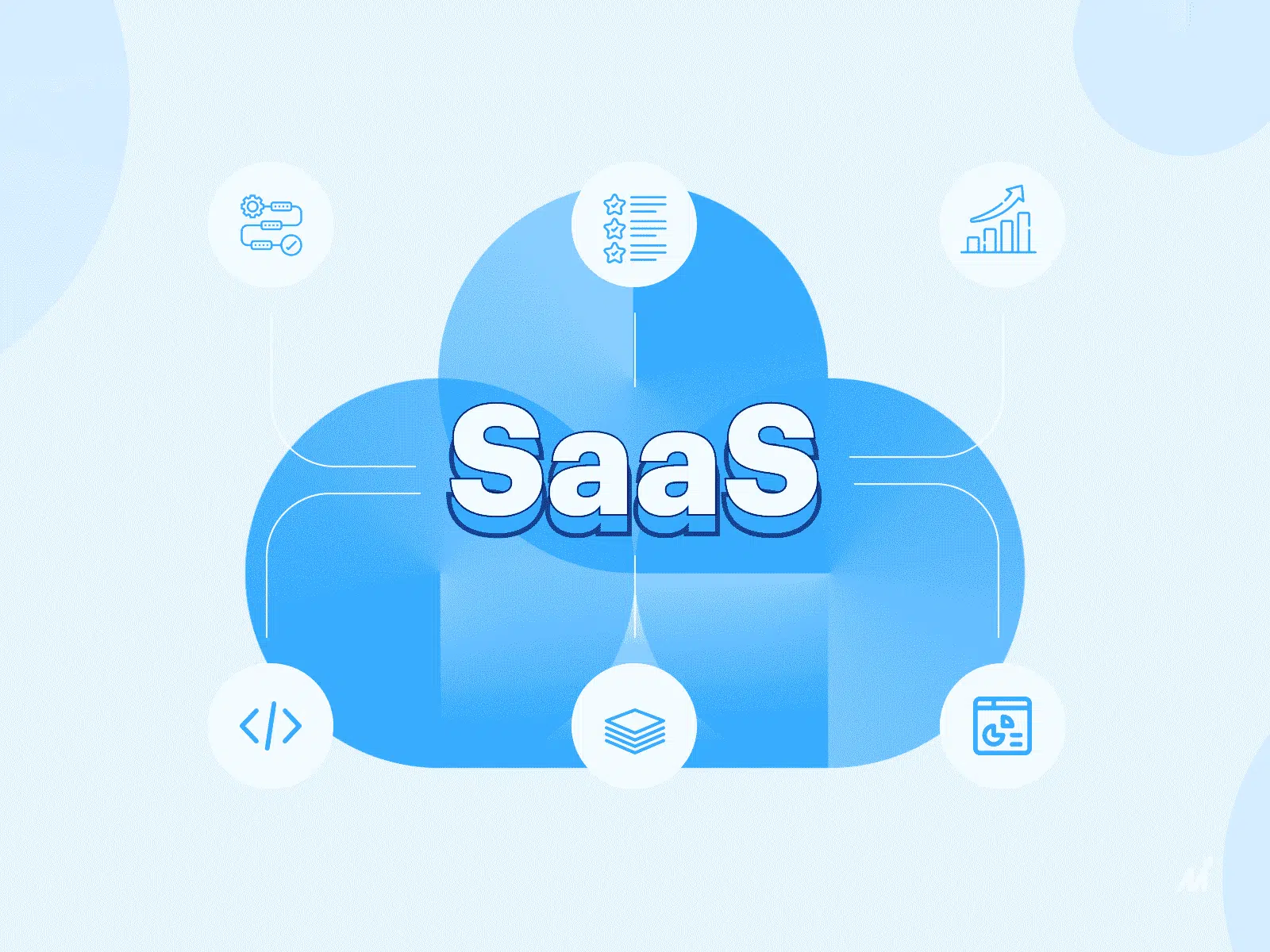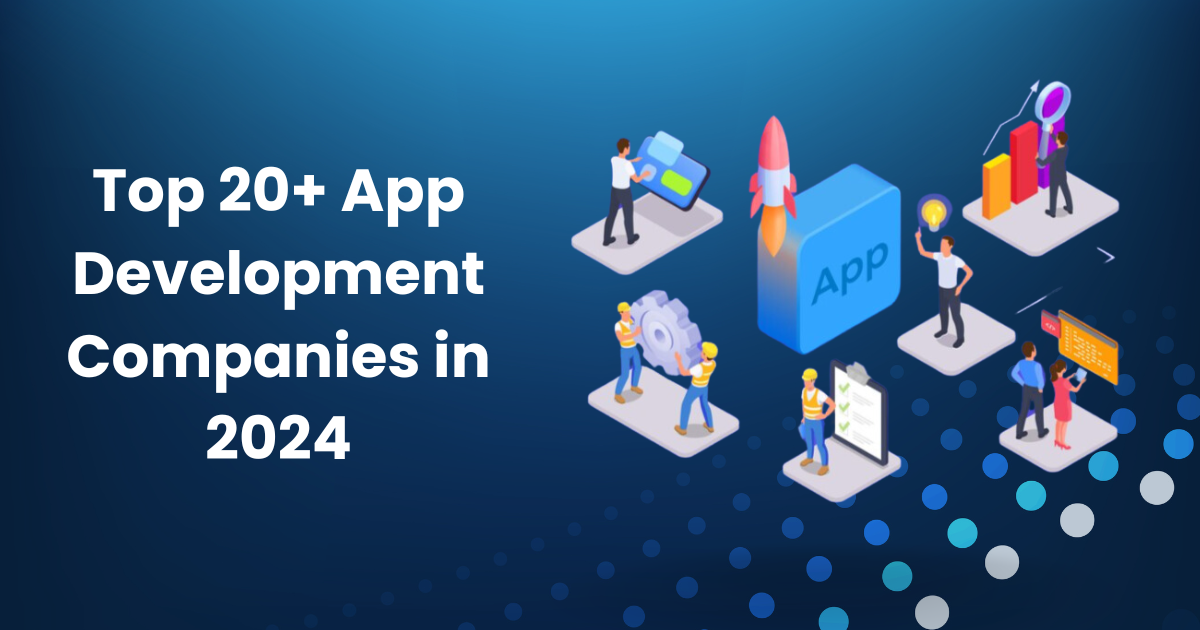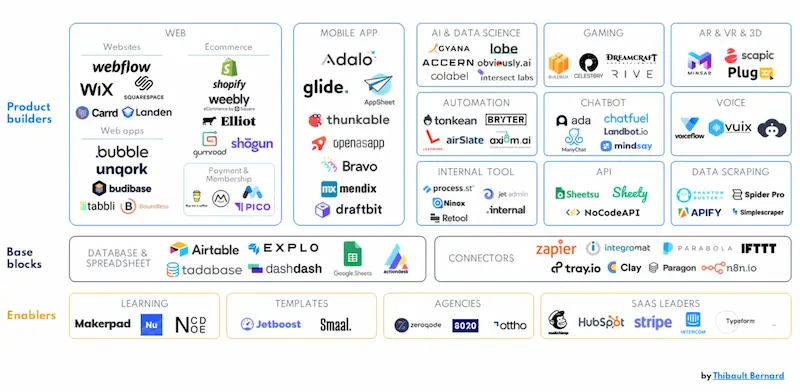The digital world moves fast. Software-as-a-Service (SaaS) has become popular. SaaS provides cloud software over the internet. This lets businesses use advanced apps without needing hardware or high costs. More companies rely on SaaS to streamline work and boost productivity. Understanding SaaS applications development is important. The process has many steps from start to launch, each requiring care for efficiency, scalability, and security.
SaaS appeals because it offers flexible, accessible, and cost-saving software that scales with business needs. However, developing these apps has challenges. You need deep technical and business knowledge of SaaS. This guide explores what SaaS app development involves, the process, challenges, and key tips for success. For developers or business leaders entering SaaS, it provides insights for maximizing this innovative service model.
Understanding Software-as-a-Service (SaaS)
SaaS is a cloud computing model. A vendor or service provider hosts software. Users access the app via web browsers or lightweight programs installed locally. The provider manages the software, hardware, security, and performance. SaaS removes the need to install and run apps on individual computers.
Cloud computing includes Software as a Service (SaaS). With SaaS, users access software directly from the internet rather than installing it on their local devices. Businesses don’t need to manage hardware or updates – the service provider does that. SaaS helps companies save money and stay flexible.
Using SaaS apps cuts costs for development and maintenance. Companies avoid buying hardware and managing software updates. SaaS providers constantly update their apps with new features. SaaS development process helps businesses be efficient and quickly adapt to changes without big upfront costs.
What is SaaS Software Development?
SaaS software is made to run on servers and be used online. Coders make apps that many users can access at once. Unlike desktop programs that you install, SaaS apps work in web browsers. The focus is on building user-friendly, secure, fast, and scalable web apps. User data safety, speed, and ease of growth are key.
Unlike traditional, SaaS software development takes on the work of users. Providers keep the programs updated and maintained. This lets companies focus on using the apps, not managing them. Frequent updates are easy with SaaS methods. New features roll out quickly with little disruption. SaaS boosts efficiency and keeps businesses current with fast tech changes.
Benefits of SaaS Application Development
Businesses of all sizes love SaaS (Software as a Service) apps. Why? These cloud-based programs make life easier in many ways. Let’s look at the top benefits:
- They’re Budget-Friendly: Old-school software needs pricey hardware, licenses and IT staff. But SaaS apps just need a monthly subscription fee. This pay-as-you-go model is perfect for small businesses with tight budgets.
- Quick to Launch: SaaS apps are ready out-of-the-box in the cloud. No complex installations needed. Just sign up and start using it right away. You’ll get value from day one.
- Scale with Ease: Need more users or features? No problem! SaaS apps let you scale up or down on the fly. They also integrate nicely with other cloud tools as your needs grow.
- Software is always current: The provider manages updates, data, servers, and storage with SaaS. The software is always up-to-date with the latest features and security. Organizations don’t have to handle updates, saving time and reducing IT workload.
- Access from anywhere: One of SaaS’s most significant benefits is accessing the software from any location with an internet connection. Users can access the application through a web browser, no matter their device. This is great for remote teams or employees who travel, allowing more mobility and flexibility.
- Strong security: SaaS providers heavily invest in security, backups, and maintenance to ensure the application is secure and complies with regulations. This helps businesses that can’t invest heavily in security but need to follow strict data protection laws.
- Disaster recovery built-in: Since data is stored on cloud servers, SaaS applications include disaster recovery capabilities. If there’s a hardware issue, cyber-attack, or natural disaster, data remains safe, and services can be quickly restored.
These benefits show why SaaS development is more than a trend. It’s a major shift in how businesses use technology to improve efficiency, reduce costs, and enhance service delivery.
You might also like
saas
How to implement IoT in Manufacturing?
Amid the Fourth Industrial Revolution, driven by groundbreaking advancements in Artificial Intelligence, 5G, and Internet technologies, we are witnessing the rise of the Industrial Internet of Things (IIoT) and digital transformation in the manufacturing market. Implementing these technologies in manufacturing can: This article is a detailed overview of the IoT in idustrial setting and the […]

TOP Steps of SaaS Development
Building a Software as a Service (SaaS) app involves key steps. These ensure the final product works well, is secure, and meets user needs. Here are the top steps for successful SaaS app development:
Ideation and Market Research
First, clearly define the SaaS app’s purpose. Then, do thorough market research. Learn about the target users and their problems. Look at competitor offerings. Good research helps shape a unique selling point. It ensures the app solves a real need or improves on existing options.
Planning and Prototyping
With research done, outline project needs and a development roadmap. Create wireframes or prototypes. These visual guides show the user experience and workflow. Prototypes are vital for early feedback. They help refine the concept before full development.
Choosing the Technology Stack
Picking the right technologies is key for a robust, scalable SaaS app. The tech stack includes coding languages, frameworks, databases, and servers. Consider scalability, compatibility with other tools, and access to skilled developers. The right stack matches the app’s requirements.
Development and Coding
With planning finished, the team starts coding. They set up the workspace, design the database, create core features, and add third-party tools if needed. Following coding rules and doing peer reviews is key for quality code that’s easy to update.
Testing and Quality Checks
Thorough testing ensures the app works well, is safe, and user-friendly. This uses automated and manual methods like unit tests, integration tests, performance checks, and security audits. Quality assurance finds bugs that need fixing before launch.
Deployment
After testing, the app is deployed to production, where users can access it. Deployment needs care to minimize downtime and includes setting up load balancers, databases, and server clusters to handle expected user traffic.
Ongoing Monitoring and Maintenance
After deployment, constant monitoring tracks performance under real conditions, user behavior, and feedback. Regular maintenance addresses issues, adds new features, and patches security holes.
Marketing and User Attraction
While building the software is key, marketing it well is just as crucial. This includes content creation, search engine optimization, paid ads, and social media to draw and keep users. Talking to early users and getting feedback helps improve the product more.
Feedback Loop and Constant Upgrades
SaaS work does not stop at launch. Based on user views and stats, the software should keep getting better. This recurring process helps adapt to user needs, fix problems, and add new features to keep the software functional and competitive.
Following these steps in order can help make a SaaS app that not only meets the client’s needs but also gives a stable, efficient, and engaging user experience.
Building a SaaS Team and Technology Stack
Creating a strong Software as a Service (SaaS) team and choosing the right tech stack are key to building a successful SaaS app. A typical SaaS team has project managers, software developers, UI/UX designers, QA testers, and IT security experts. Each role is vital from start to launch.
Project managers ensure timelines and budgets are met. Developers code the app. Designers focus on user interface and experience to make the software user-friendly. QA testers rigorously check for bugs. Security experts protect the app and data. For SaaS, team members need cloud and agile skills to adapt quickly.
Selecting the right tech stack depends on requirements, scalability, and security needs. Common choices include Python, Ruby, and JavaScript languages, and Django, Rails, and Angular frameworks. Cloud platforms like AWS, Google Cloud, and Azure provide hosting, computing power, storage, and security services. SaaS solution architecture enhances scalability and updates. The stack impacts implementing SaaS, maintenance, and scalability, making it crucial.
Common SaaS Development Challenges
Building a SaaS (Software as a Service) app is not easy. Developers face unique problems. They must make the software safe, able to grow, and follow rules:
- Security Risks: User data safety is very important for SaaS apps in the cloud. Many clients’ info is on shared servers. Developers must use strong encryption, access controls, and regular security checks to protect data. Multi-tenant designs, common in SaaS, make it more complex to keep each client’s data separate and prevent leaks.
- Performance and Scalability: SaaS apps must handle changing user loads well. As users join or leave, the software needs to scale resources up or down quickly. Optimization is critical for peak efficiency under high traffic. Techniques like load balancing, caching, and database tuning ensure smooth performance for all users.
- Compliance and Regulations: Based on the industry and data type, SaaS apps may need to follow laws like GDPR, HIPAA, or SOC 2. Meeting these rules is hard. It requires special data handling, security and privacy measures. Not complying can mean big fines and reputational damage. SaaS providers must stay updated on relevant laws and build compliance into development and operations.
- Seamless Integration: SaaS programs often need to work well with clients’ current systems like CRM, ERP, or custom databases. Building a SaaS app that integrates easily and allows customization without compromising core functions can be tricky. Developers must design APIs that enable smooth integration and sufficient customization.
- Continuous Updates: SaaS apps require constant updates to add features, fix issues, and improve security. Managing this ongoing process without service disruption is challenging. It needs a robust deployment process, automated testing, and effective rollback plans for update problems.
- Consistent User Experience: Providing a high-quality, consistent experience across devices and browsers is crucial but difficult for SaaS apps. They must be responsive and offer a seamless experience whether accessed from desktop, tablet, or mobile. This requires careful design and frequent testing for compatibility and performance across platforms.
Successfully navigating these challenges is key to a SaaS app’s long-term success. Effective strategies, a skilled dev team, and proactive management are critical to addressing these issues and ensuring the SaaS app meets user needs.
How Much Does It Cost to Develop a SaaS Application?
The cost to create a Software as a Service (SaaS) app changes a lot. It relies on things like how complex the app is, the tech used, the project’s size, and where the dev team is. A basic SaaS app with few features may cost a small to average amount. But complex apps needing many features, high scalability, and strong security can cost way more. Additionally, you must consider recurring expenses such as maintenance, server hosting, data storage, and compliance with regulatory requirements. The skills of the hired team, like developers, designers, and security pros, impact the budget too. Companies making SaaS apps should plan for a large first cost, but a subscription model can bring good returns.
How to Find a Reliable SaaS Development Partner
Finding a trustworthy dev SaaS partner is key to project success. The right one can boost your app’s quality and scalability. First, clearly define your needs and look for vendors skilled in your industry. See if firms have a proven history, customer reviews, and case studies. Review their portfolio to check the range and features of past projects against your goals. Evaluate their communication and reaction times in early talks – a reliable partner should be prompt and clear. This due diligence helps ensure you team up with a capable partner aligned with your vision.
Getting a SaaS app made takes planning. Find a partner with excellent tech skills and helpful after-launch support. Make sure they know about data safety rules for your field. Pick a partner who uses modern ways to build software. This lets them change things easily as needed. Having shared values helps teams work well together.
SaaS platform development can help a business a lot. You must also account for design, security, regulation adherence, and user-friendliness. But a good SaaS app that can grow, change, and save money is useful. You can avoid issues if you pick the right partner and follow good software practices. Then, your SaaS app can help you compete better.






